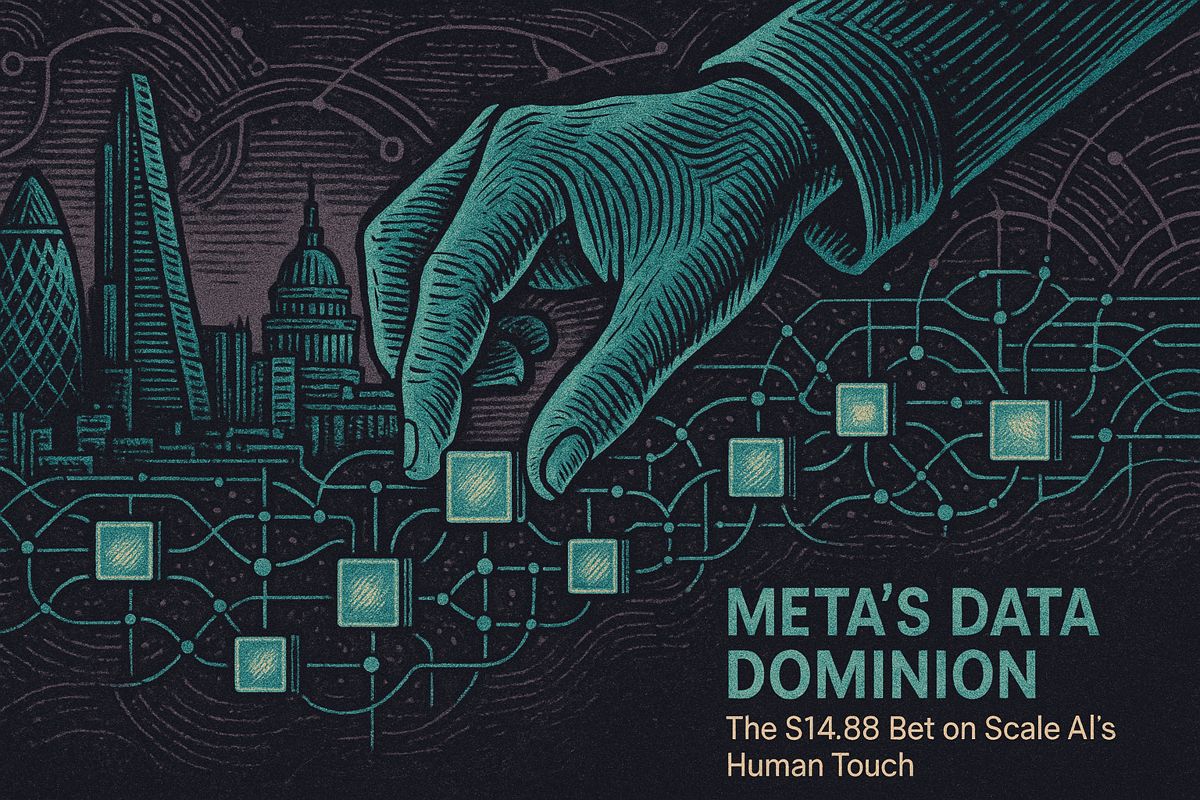Integrating DSPy and LlamaIndex with vector search is crucial for building robust AI agent memory that persists beyond typical limitations like token windows or server restarts. This architecture is moving from theory to production, allowing teams to equip agents with long-term, searchable context. These components form a model-agnostic data plane that effectively stores, retrieves, and optimizes enterprise knowledge.
Core Components: DSPy, LlamaIndex, and Vector Search
The combination of DSPy, LlamaIndex, and vector search provides AI agents with persistent, searchable memory. DSPy optimizes information requests, vector databases create fast, searchable embeddings of past data, and LlamaIndex integrates these components, allowing agents to retrieve relevant context and history on demand.
DSPy operates at the layer closest to the LLM, serving as a programmable prompt optimizer. It systematically refines retrieval queries and generation templates based on performance, automating a significant portion of the prompt engineering workflow. A step-by-step guide demonstrates how a brief Python script can connect DSPy with Qdrant and Llama 3 to reduce manual prompt tuning by up to 40%.
Vector search provides the foundational memory layer. Platforms like Milvus, Qdrant, and Pinecone convert documents, conversation logs, and agent actions into compact embeddings. This allows for high-speed similarity searches, returning relevant context in under 50 milliseconds at scale. As shown in an AI Makerspace deep dive, agents can perform direct vector queries on past conversations to ensure every response is properly grounded (YouTube).
LlamaIndex functions as the integration framework, unifying the other layers with data connectors, memory management tools, and observability features. Its vector memory module automatically indexes chat history that exceeds the context window, retrieving the most relevant information for subsequent turns. The framework’s support for AWS Bedrock AgentCore Memory adds enterprise-grade security like IAM and PrivateLink without altering the standard LlamaIndex API.
Architecting Short-Term and Long-Term Recall
A robust memory architecture distinguishes between short-term and long-term recall. Short-term memory resides within the LLM’s active context window, typically managed as a sliding window of the most recent conversational turns. DSPy can be used to optimize the size of this window (N). Long-term memory is offloaded to a vector store, where it is enriched with metadata like author, timestamp, and task ID. This enables powerful hybrid searches that combine semantic similarity with precise keyword filtering.
A minimal, scalable production stack includes:
- An embedding worker to process and stream documents and conversations into a vector store like Milvus.
- A DSPy Retriever configured to issue semantic queries for the top-k results (e.g., k=3).
- A LlamaIndex QueryEngine to merge retrieved data with the short-term memory window.
- An LLM, such as Llama 3, to generate the final response using a DSPy-optimized template.
This architecture is inherently scalable, as the embedding and retrieval components are stateless and vector databases support automatic sharding.
Observability and Governance
Effective governance relies on robust observability. DSPy provides detailed experiment artifacts, including prompt variations, retrieval scores, and latency metrics, which can be logged as JSON and visualized in dashboards like Grafana. LlamaIndex contributes by attaching provenance tags to data, allowing compliance teams to trace which specific memories influenced an agent’s decision. For stricter environments, AWS Bedrock AgentCore enhances the chain of custody by logging every memory operation to an encrypted, auditable storage bucket monitored by AWS CloudTrail.
How does this architecture create persistent agent memory?
This system approaches memory as a context engineering challenge. The core workflow is automated:
- Index: LlamaIndex chunks, embeds, and indexes all relevant data – conversations, documents, and tool outputs – into a vector store (e.g., Milvus, Qdrant).
- Optimize: DSPy programmatically optimizes the retrieval logic, determining what to retrieve, when, and how to formulate the query for the best results.
- Retrieve & Generate: When a user poses a question, the agent performs a vector search on the index, retrieves the most relevant memories, and feeds them into the LLM using a DSPy-tuned prompt.
This automated loop ensures that crucial information remains accessible, even after the context window is exhausted, without manual prompt tuning or token management.
How do short-term and long-term memory differ in this model?
Short-term memory corresponds to the data within the LLM’s active context window. LlamaIndex prevents abrupt context loss by automatically moving the oldest interactions into a “vector memory block” when the token limit is reached, ensuring conversational coherence.
Long-term memory encompasses the entire history of enterprise knowledge, including documents, meeting transcripts, support tickets, and past project data. New queries are augmented with relevant context from this vast repository, allowing an agent to recall information from months or even years prior. Pilots using this dual-memory system have seen repeated question volume drop by 35% and new team member onboarding time reduced significantly.
How does AWS Bedrock AgentCore enhance security and scalability?
Integrating with AWS Bedrock AgentCore provides LlamaIndex with enterprise-grade guardrails:
- Security: Memories are stored in VPC-isolated, encrypted collections, with access controlled via IAM roles and resource tags.
- Auditing: Every retrieval action is logged to CloudWatch and OpenTelemetry, creating a complete audit trail for compliance.
- Scalability: The architecture supports up to 8 hours of continuous, serverless execution for complex tasks. Horizontal scaling is handled seamlessly, as the vector store operates as a pay-per-query endpoint.
Future developments aim to introduce features like agent-to-agent memory sharing and intelligent consolidation policies to help memories evolve over time.
Which industries are seeing measurable ROI?
Persistent agent memory is already delivering significant returns across various sectors:
- Healthcare: A diagnostic agent built on a HIPAA-compliant vector store of patient history increased diagnostic accuracy in complex cases by 31% while reducing redundant data entry by 47%.
- Software Engineering: A Fortune 500 company integrated agent memory with Jira and Git, reducing project delays by 27% by automatically surfacing previously identified blockers from past sprints.
- Customer Support: SaaS companies have increased ticket deflection by 22%. Their agents use memory of past interactions to anticipate customer issues and avoid suggesting previously failed solutions.
What is a practical roadmap for implementation?
To deploy a memory-enabled agent within a quarter, follow these steps:
- Identify a Use Case: Start with a high-value, high-repetition workflow, such as technical documentation Q&A, new hire onboarding, or customer support.
- Build the Knowledge Base: Deploy a Milvus or Qdrant vector database. Use LlamaIndex to ingest your source documents, chunking them into 400–800 token segments. Plan to refresh embeddings quarterly.
- Implement Retrieval Logic: Configure a DSPy retrieval program. The built-in
BootstrapFewShotoptimizer is an excellent starting point, often improving hit-rates by 8–15% over manually written prompts. - Deploy and Measure: Expose the agent via an API, enable AgentCore memory for governance, and track key metrics like first-call resolution or time-to-answer for two weeks. If KPIs improve by more than 10%, expand the knowledge base. If not, refine the DSPy optimizer and embedding model before increasing scope.



















